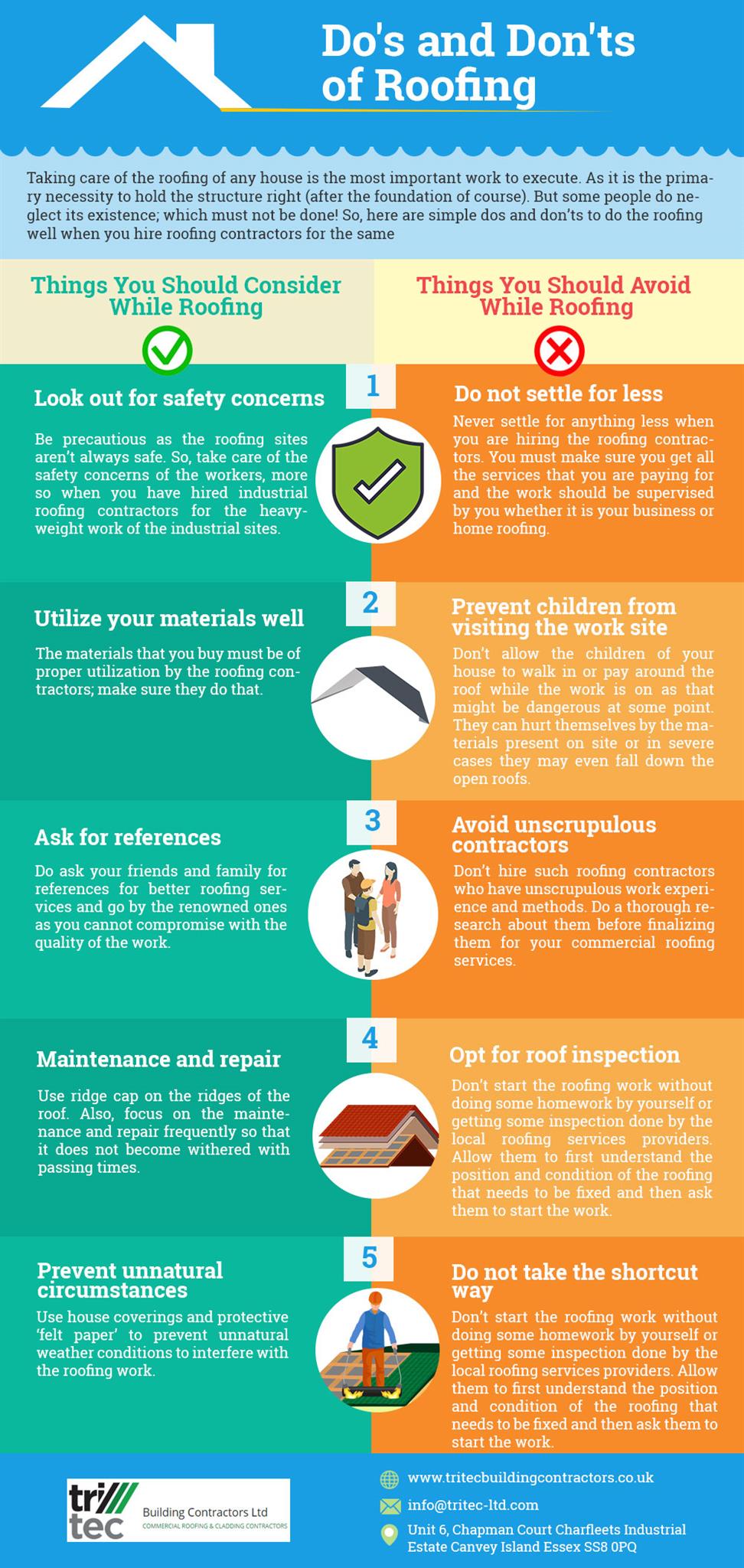The Function Of Climate In Roofing System Setup: Picking The Right Seasons And Conditions For Success
The Function Of Climate In Roofing System Setup: Picking The Right Seasons And Conditions For Success
Blog Article
Short Article Created By-Vick Donnelly
When it involves roofing installations, the weather can make or break the job. Imagine the aggravation of managing materials that won't comply because of extreme heat or fighting unsafe surfaces brought on by unanticipated rainfall. Understanding the influence of climate condition on your roof covering project is vital for a successful end result. So, let's explore how various weather aspects can influence the quality and toughness of your roof setup, ensuring a task well done.
Impact of Temperature on Roofing Installment
When it pertains to roof covering installation, temperature plays a vital role in the process. The ideal temperature for roof tasks commonly drops in between 45 and 85 levels Fahrenheit. Severe warmth can create materials like tiles to come to be too flexible, bring about prospective damages throughout setup. On the other hand, chilly temperature levels can make products breakable and susceptible to breaking. It is necessary to schedule roof covering installments throughout modest temperature levels to guarantee the very best result.
During chillier weather condition, specialists may need to take extra safety measures such as using warmed equipment or enabling products to heat up prior to installation.
On the other hand, hot weather may need work to be done previously or later on in the day to stay clear of the peak temperature levels. By thinking about the temperature and its impacts on roof covering materials, you can aid make sure an effective setup that will endure the components for years ahead.
Result of Rainfall on Roof Projects
Roof covering projects can be dramatically influenced by precipitation, impacting both the timeline and the top quality of the setup. Rain or snow can create unsafe conditions, making it unsafe for contractors to work on a wet surface area. Additionally, dampness can jeopardize the attachment of materials like roof shingles or underlayment, bring about prospective leaks or problems in the future.
If it rains during a roof covering job, the water can permeate into vulnerable areas, triggering hold-ups as the installment crew should await the roof covering to dry prior to continuing. Extreme moisture can additionally advertise the development of mold and mildew and mold, more threatening the stability of the roof covering.
To stay https://israelidysn.thelateblog.com/31720302/reflecting-on-the-excellent-professional-roofer-discover-the-crucial-steps-to-evade-troubles-and-guarantee-an-effective-roof-covering-task of these problems, it's advised to arrange roofing tasks throughout drier seasons or monitor the weather prediction carefully to plan around any type of potential rainstorms. By taking precautions to work in positive climate condition, you can make certain a smoother and much more successful roofing system setup procedure.
Impact of Wind Rate on Installation Success
During roofing system setup, the speed of the wind plays a crucial role in figuring out the success of the task. High wind speeds can posture significant challenges to roofing professionals, potentially resulting in safety hazards and high quality concerns. When wind speeds exceed recommended restrictions, it ends up being challenging to manage products, increasing the danger of accidents and damage to the roof products. Strong gusts can also influence the precision of measurements and the precision required for appropriate installation.
To make certain a successful roofing system setup, it's necessary to keep track of and think about wind speeds. Preferably, https://smallbusiness.chron.com/advertising-tips-roofing-business-62034.html to happen on days with low to modest wind speeds. This not just improves the safety and security of the workers yet additionally improves the overall quality of the installation.
Roof covering jobs arranged during tranquil weather conditions are more likely to be completed efficiently and with less mistakes. By focusing on wind speed projections and intending as necessary, you can assist ensure a smooth and effective roofing system setup procedure.
Conclusion
So, when it pertains to roofing system installation, remember to consider the climate condition to make sure a successful work. Optimum temperature levels, completely dry conditions, and modest wind speeds are crucial factors to focus on for a smooth installment process. By arranging visit this link during the best periods and ideal weather conditions, you can accomplish a long lasting and resilient roofing system that will certainly safeguard your home for many years to find.
